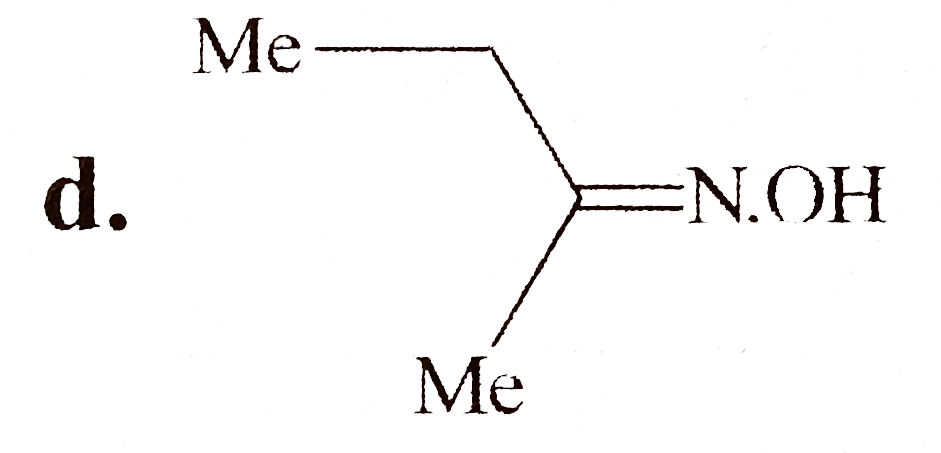In the larynx, which of the following is a thin elastic cartilaginous flap?
(a) Thyroid
(b) Soundbox
(c) Glottis
(d) Epiglottis
Thyroid
Soundbox
Glottis
Epiglottis
The correct Answer is:D
To solve the question, "In the larynx, which of the following is a thin elastic cartilaginous flap?" we need to analyze the options provided:
1. Understanding the structure of the larynx: The larynx is an important part of the respiratory system, located in the throat. It is responsible for sound production and also plays a role in protecting the airway during swallowing.
2. Evaluating the options:
- (a) Thyroid: The thyroid is a large cartilage that forms the front part of the larynx, but it is not a flap and is not elastic.
- (b) Soundbox: This term is not a specific anatomical structure; it generally refers to the larynx as a whole but does not identify a specific flap.
- (c) Glottis: The glottis is the opening between the vocal cords in the larynx, but it is not a flap.
- (d) Epiglottis: The epiglottis is a thin, elastic cartilaginous flap that covers the glottis during swallowing, preventing food from entering the windpipe.
3. Conclusion: Based on the evaluation, the correct answer is (d) Epiglottis. It is the thin elastic cartilaginous flap that plays a crucial role in protecting the airway.
Final Answer:
(d) Epiglottis
- (a) Thyroid: The thyroid is a large cartilage that forms the front part of the larynx, but it is not a flap and is not elastic.
- (b) Soundbox: This term is not a specific anatomical structure; it generally refers to the larynx as a whole but does not identify a specific flap.
- (c) Glottis: The glottis is the opening between the vocal cords in the larynx, but it is not a flap.
- (d) Epiglottis: The epiglottis is a thin, elastic cartilaginous flap that covers the glottis during swallowing, preventing food from entering the windpipe.
(d) Epiglottis
Similar Questions
Knowledge Check
Which of the following is an insect ?
(a) spider
(b) mite
(c) daphnia
(d) silverfishAspiderBmiteCdaphniaDsilverfish
Which of the following statement is incorrect
View SolutionWhich of the following statement is incorrect
View SolutionWhich of the following is diploblastic
(a) Fasciola
(b) Pheretima
(c) Palaemon
(d) Hydra
View SolutionWhich of the following statements are true ?
{a} ⊂{b,c,d,e}
View SolutionWhich of the following curves is in according with Freundlich adsorption isotherm?
(a)
(b)
(c)
(d)
View SolutionMatch the following

(a)
(b)
(c )
(d)
View SolutionSimplify the following
(a−b)(c−d)
View Solution




